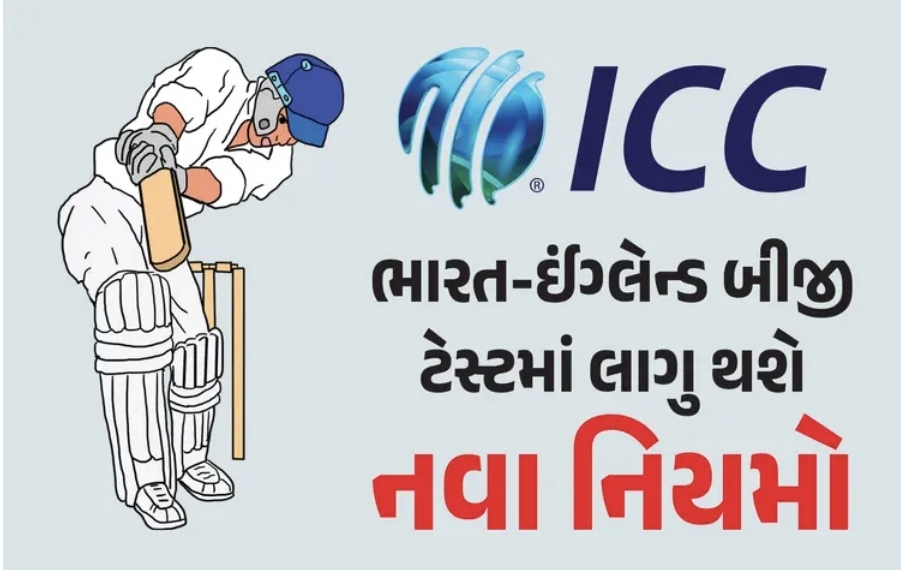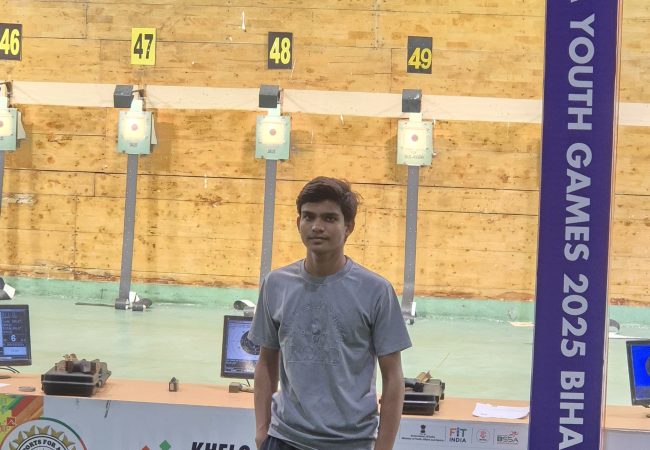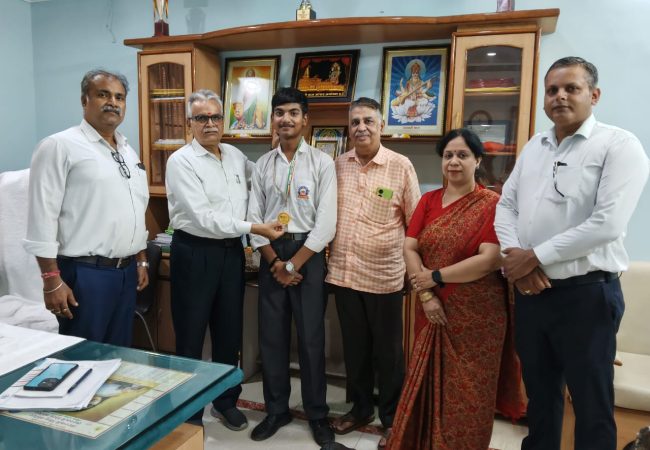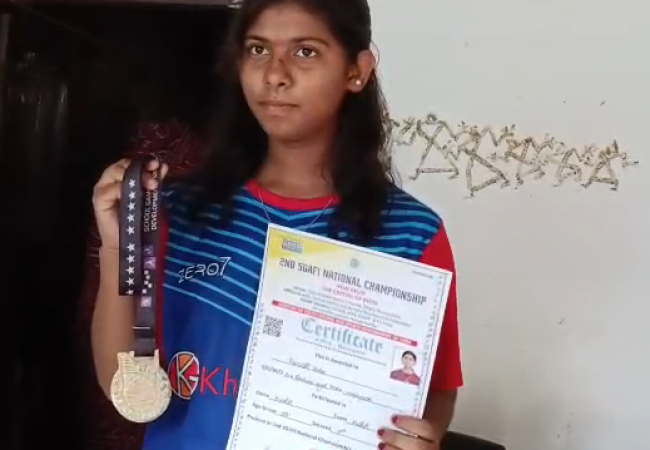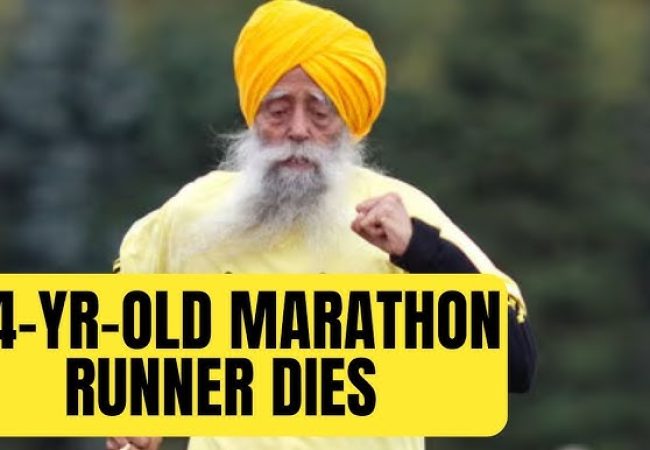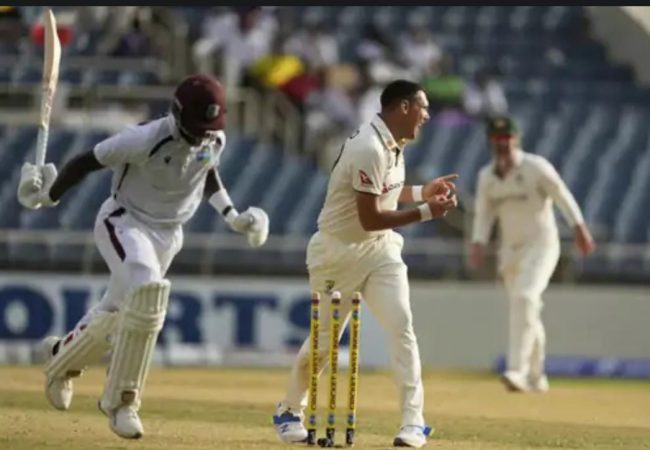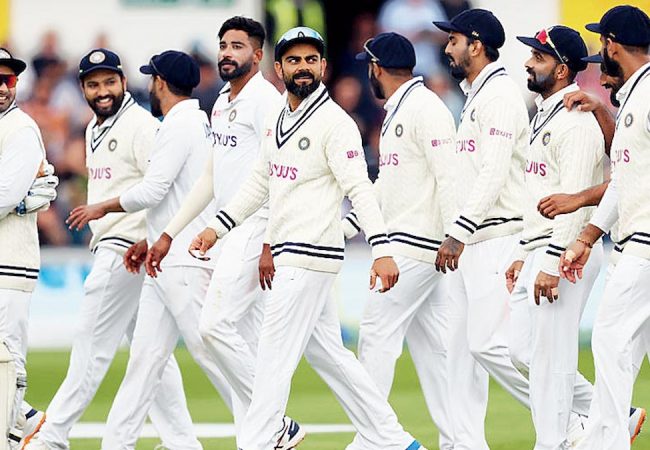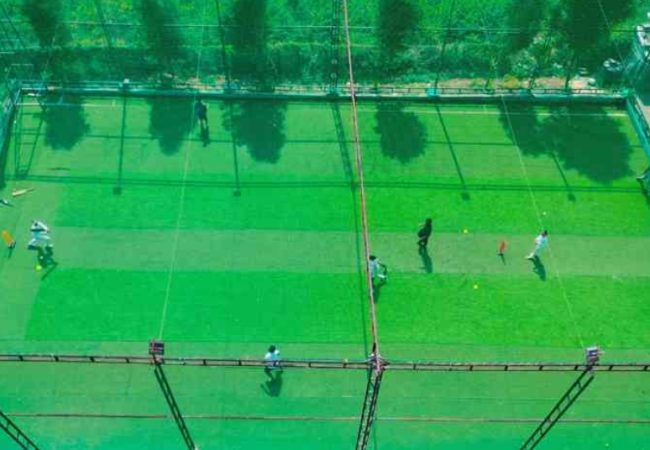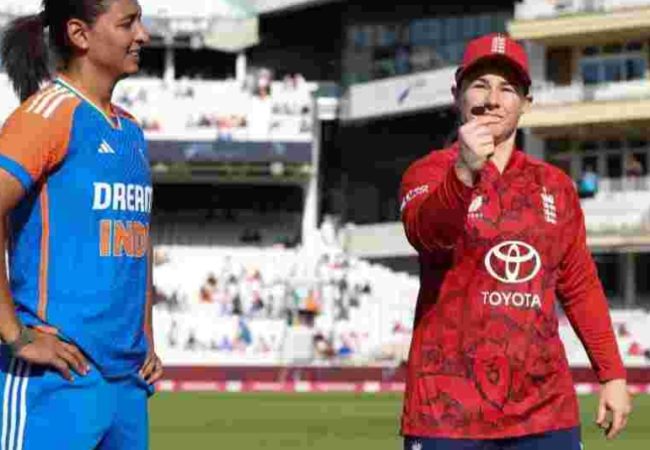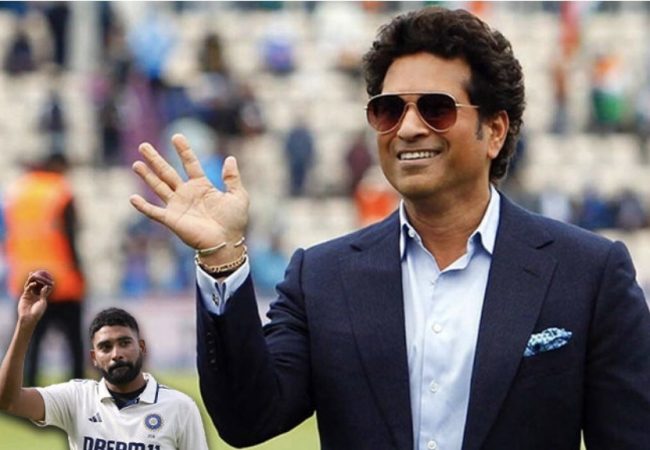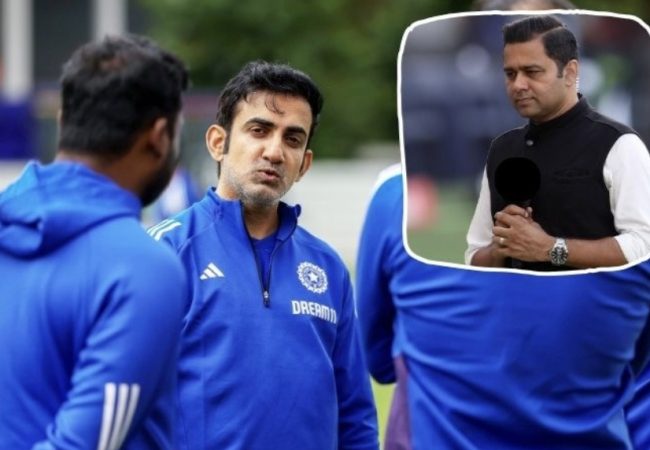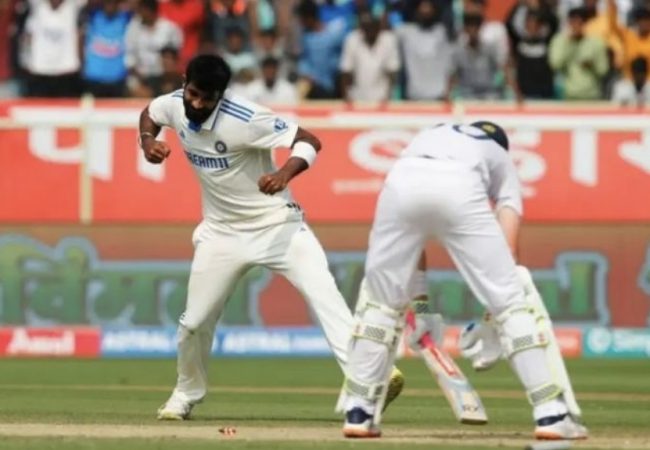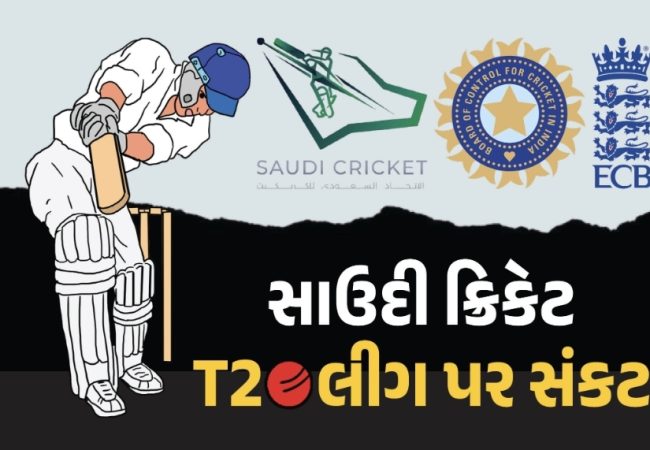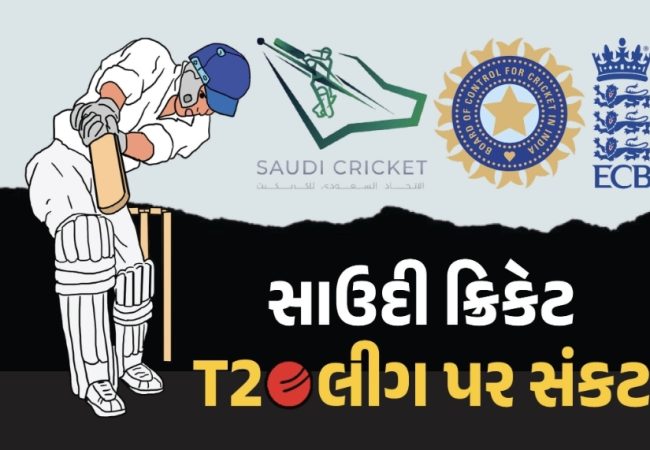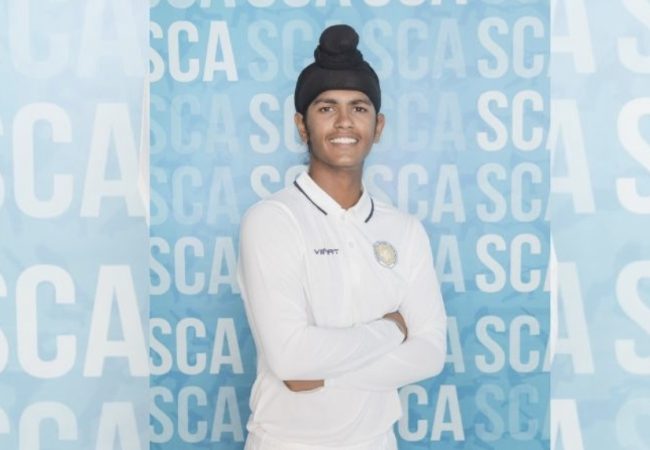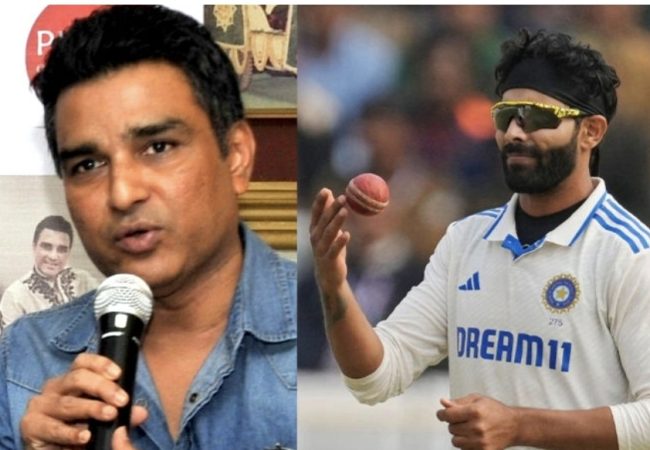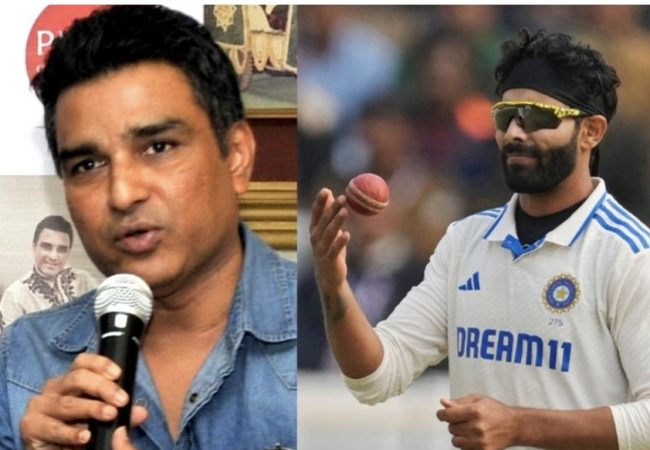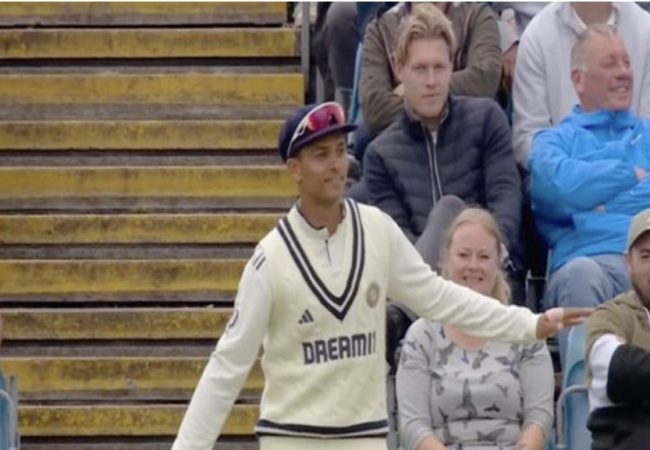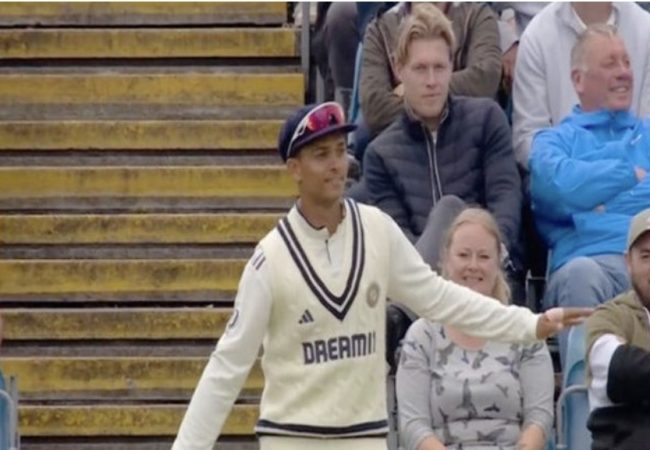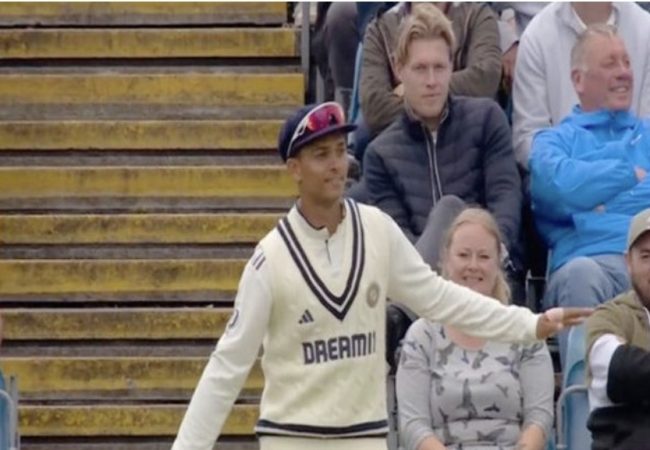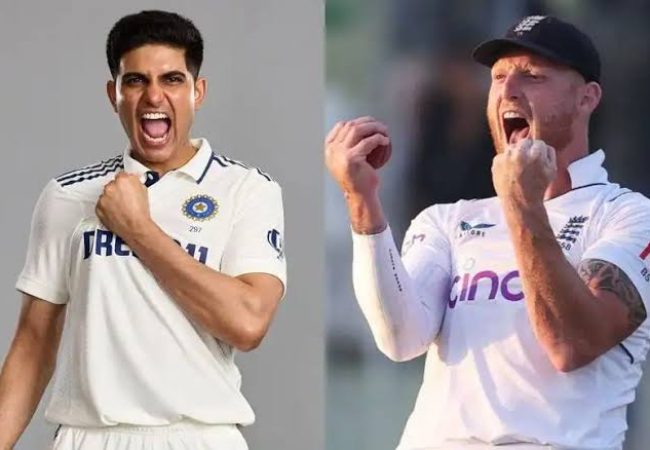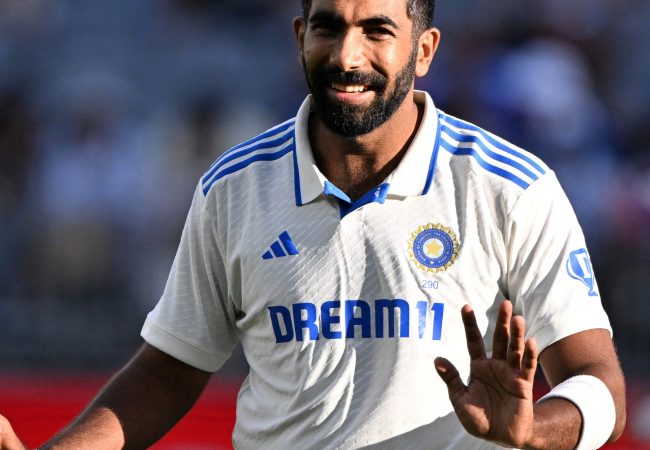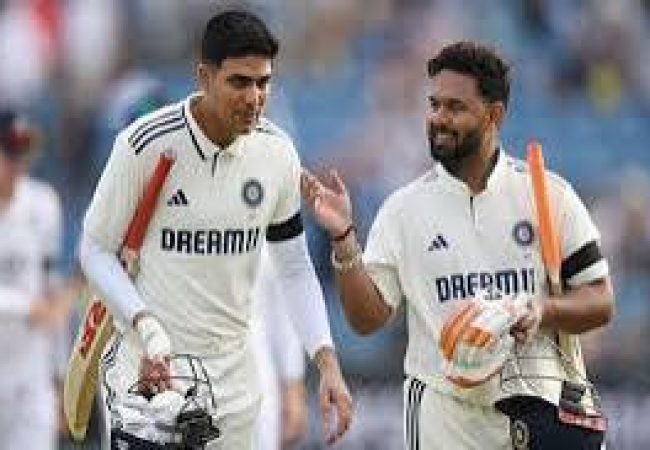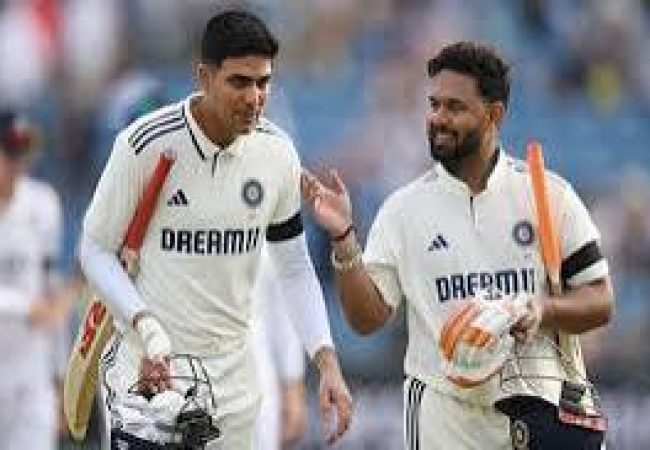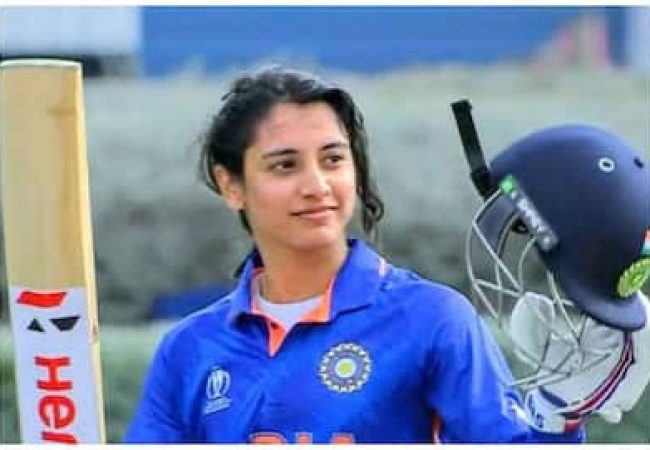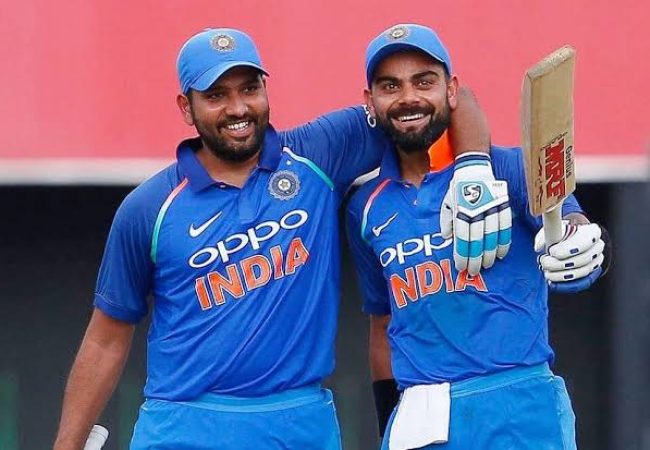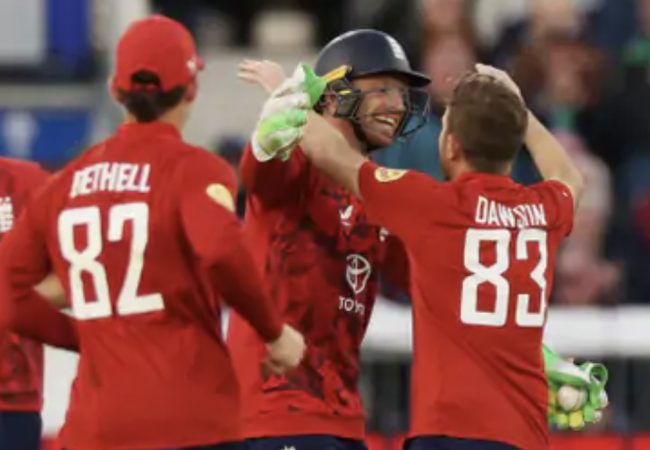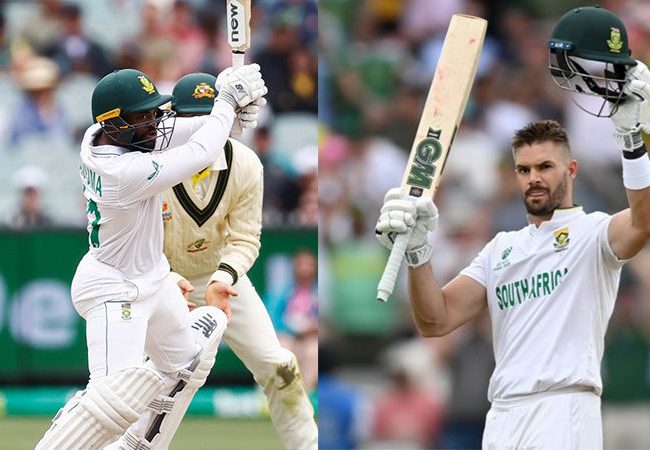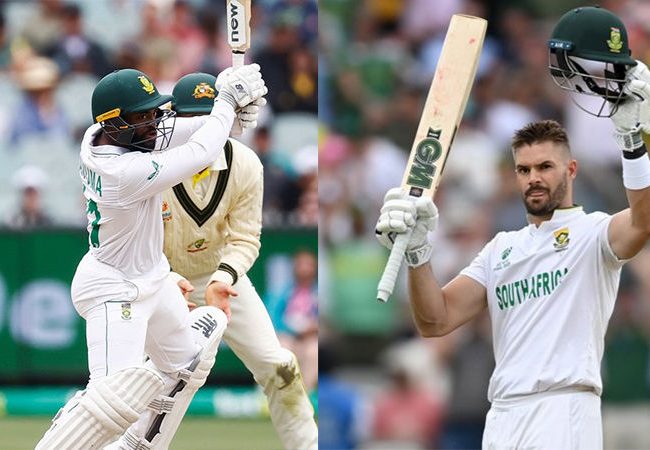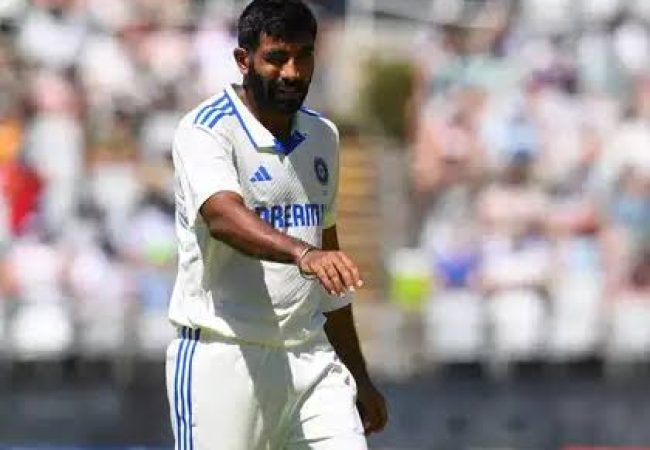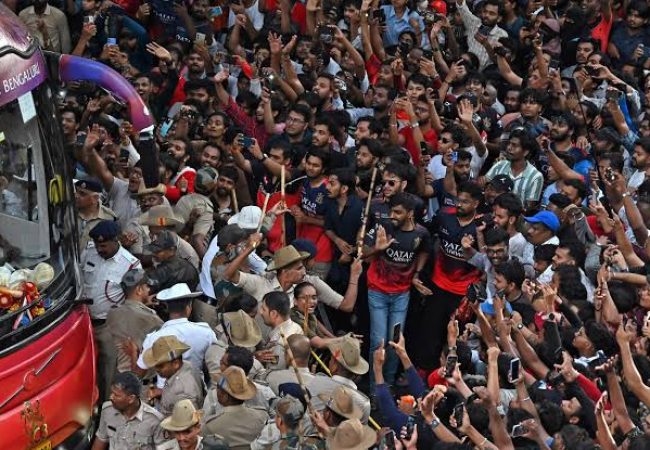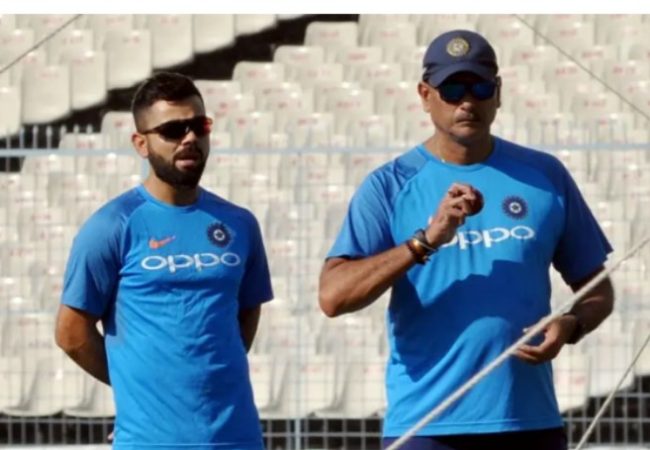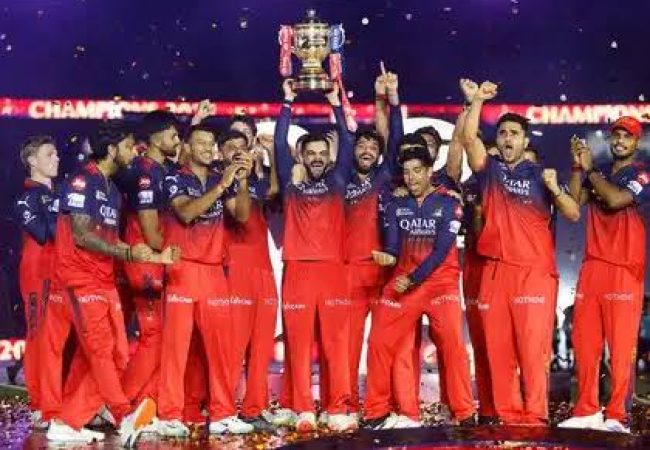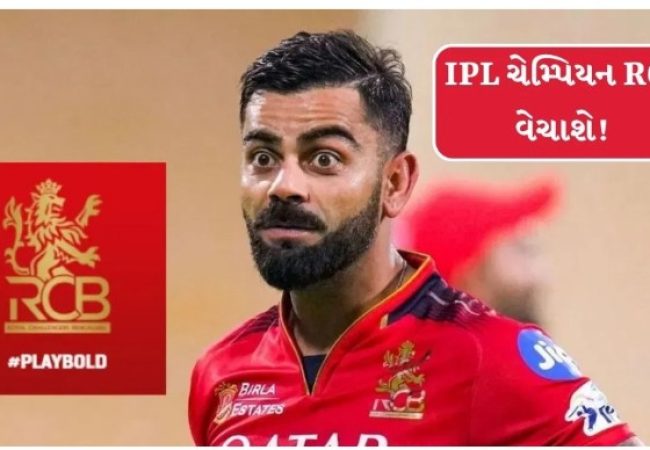GS_logo Get The App Video Gujarat India World Sports Entertainment Business Astro Magazine HOME VIDEO WEBSTORY EPAPER ENGLISH_Light_icon ENGLISH Gujarat SamacharSports New rules will be implemented in India-England second Test, ICC takes big decision Updated: Jun 26th, 2025 GS TEAM Google News Share on WhatsApp Share on Twitter Share on Facebook Share on Telegram New rules will be implemented in India-England second Test, ICC takes big decision 1 – image India vs England Test Match: Currently, a five-Test series is going on between India and England, of which the second Test match is to be played from July 2 to 6. During this, both the teams will have to play the second Test match under the new rules of the International Cricket Council (ICC). India lost to England by five wickets in the first Test match. This Test match series is being played under the ICC World Test Championship-2025-2027 (WTC). New rules applicable from Sri Lanka-Bangladesh match Talking about the new rules announced by the ICC for Test matches, they include rules related to ‘stop clock’ to ‘short runs’. These rules have been implemented from the new WTC. The ICC has already made the new rules and has implemented them from the Sri Lanka-Bangladesh Test. 8 new rules of the ICC 1… Stop clock rule in Test cricket The ICC has implemented the stop clock rule in Test matches like the white format. According to this rule, the fielding team will have to start the next over within 60 seconds. If it does not do so, the umpire will warn it twice. If the third mistake is made, a penalty of five runs will be imposed, meaning that the opposing team will lose five runs. This rule will be applicable for every 80 overs, meaning that the warning rule will start again in the 81st over. 2… Only one ball will be used after 35 overs in ODIs One ball was used in 25 overs in ODI cricket, however, from July 2, a team will be allowed to use only one ball after 35 overs in ODIs. 3… Changes in the saliva rule too There is a ban on applying saliva on the ball. If a player does this, a penalty of five runs will be imposed. Earlier, the ball was compulsorily changed when applying saliva on the ball. However, now the decision to change the ball will be made by the umpire. This can only be done if the umpire feels that the ball needs to be changed. 4… Catch review will be seen on no-balls Earlier, catch review was not seen during no-balls. However, now if a catch is caught during a no ball, its review will be seen. If it is a valid catch, then the batting team will get only one run. If it is not a valid catch, then the runs scored by that bowler will be counted. 5… Penalty on short runs If a batter deliberately takes a short run, then a penalty of five runs will be given to the batting team. Along with this, the fielding team and the umpire will decide which batter to keep on strike. 6… The rule of out appeal has also changed If an appeal is made against a batter for LBW and run out, then the TV umpire will first watch the LBW review. Because this has happened before and if the batsman is out, then the ball will become dead there. 7… New rule for catch According to the new rule, the fielder will be able to touch the ball bouncing in the air outside the boundary only once. If a fielder throws a ball that is bouncing in the air and then catches it inside the boundary, it will be considered legal. 8… DRS rule also changed If the batter is declared caught out and the review clearly shows the ball touching the pad, then the third umpire will check for LBW. During this time, if an umpire call comes in during ball-tracking, then the batter will be given out.
New rules will be implemented in the second India-England Test, ICC took a big decision
